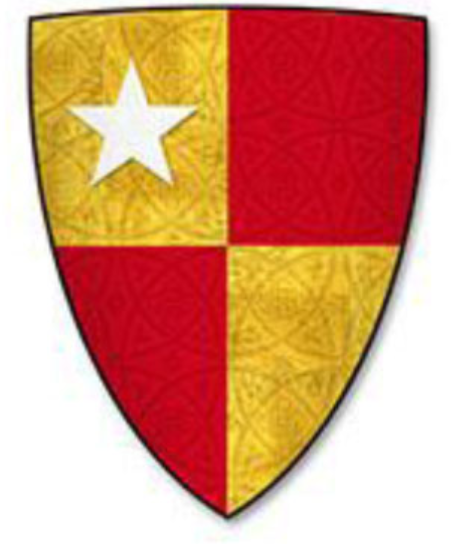de Vere pages
Having started out in an attempt to unravel the history of Belchamp Walter and the origins and activities of the de Vere family I have many pages that relate to the de Vere's.
There is little doubt that the de Vere family had a major influence in the history of the country and specifically that of North Essex and Belchamp Walter. The Earls of Oxford and Castle Hedingham and the part that they play in this is not in dispute.
However, there are still a few things that are not clear. Well at least in the mind of the author of this website. Probably the most important is the origin of the family and the role that they played with respect to William the Conqueror. The translations of Little Domesday do describe the region as "The Land of Aubrey de Vere", however this does not explain why they were honoured by William.
The second issue is the role that they played in the history of Belchamp Walter. While it is true that Castle Hedingham is geographically close to Belchamp Walter, there is no reason to conclude that they "owned" the village and the church. Founding the Benidictine Priory at Earl's Colne in 1110 does not mean that they retained control over it until the 17th Century. Many families have been associated with the region from the 12th to the 17th centuries, maybe most importantly the Wentworths.
It is also not disputed that there is a memorial/chantry to the Botetourt family in St. Mary's church. The assumption that the first Sir John de Botetourt was who was interred there is not subtaniated. In addition that he lived in the village as "underlord" of the de Veres is just another unsubstaniated assumpsion. His son Thomas apparently lived for a short time at Mary Hall and the 2nd Lord Botetourt in highly lightly to have fought in the 100 Years War alongside Sir Robert Swynbourne who could have been buried under the aslie at St. Mary's.
Many earlier historical accounts of Belchamp Walter have contained many incorrect assumptions. This is somewhat understandable due to the sparseness of backup information. Being a small and relative unimportant community what historical background has been written by the residents using limited research. Those compiling general historys and gazetteers often took their information from local sources. The attribution of the dedication of the chantry chapel has been that it was built for a de Vere then the 1st Sir John de Botetourt and now finally, by me, the 2nd Sir John de Botetourt.
The commissioners of the Medieval wall paintings has not been definitively attributed. The same can said about The artists of the works. The painting have been dated to 1330-1350, mainly due to the fact that this is when it is known other paintings were made. The commission is highly likely to have a connection to the de Veres and the author thinks that the monks of the Priory at Earls Colne are the most likely painters. Colne Priory was founded by the de Veres and the clergy was provided from the Priory until at least the Reformation. After which time the Tudor Protestant church would have had a dominance. Images such as those seen in the Medieval Paintings would have been covered up.
